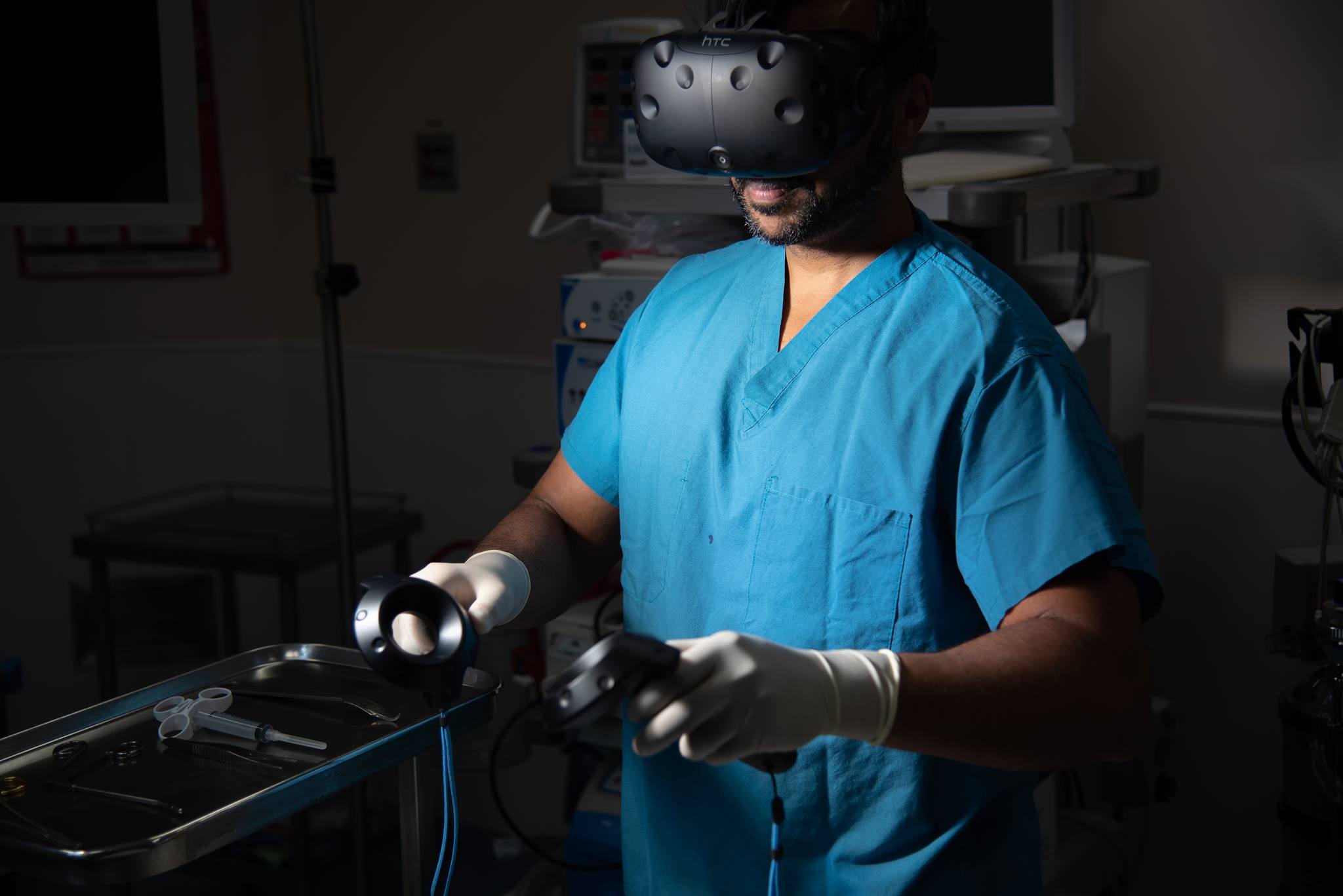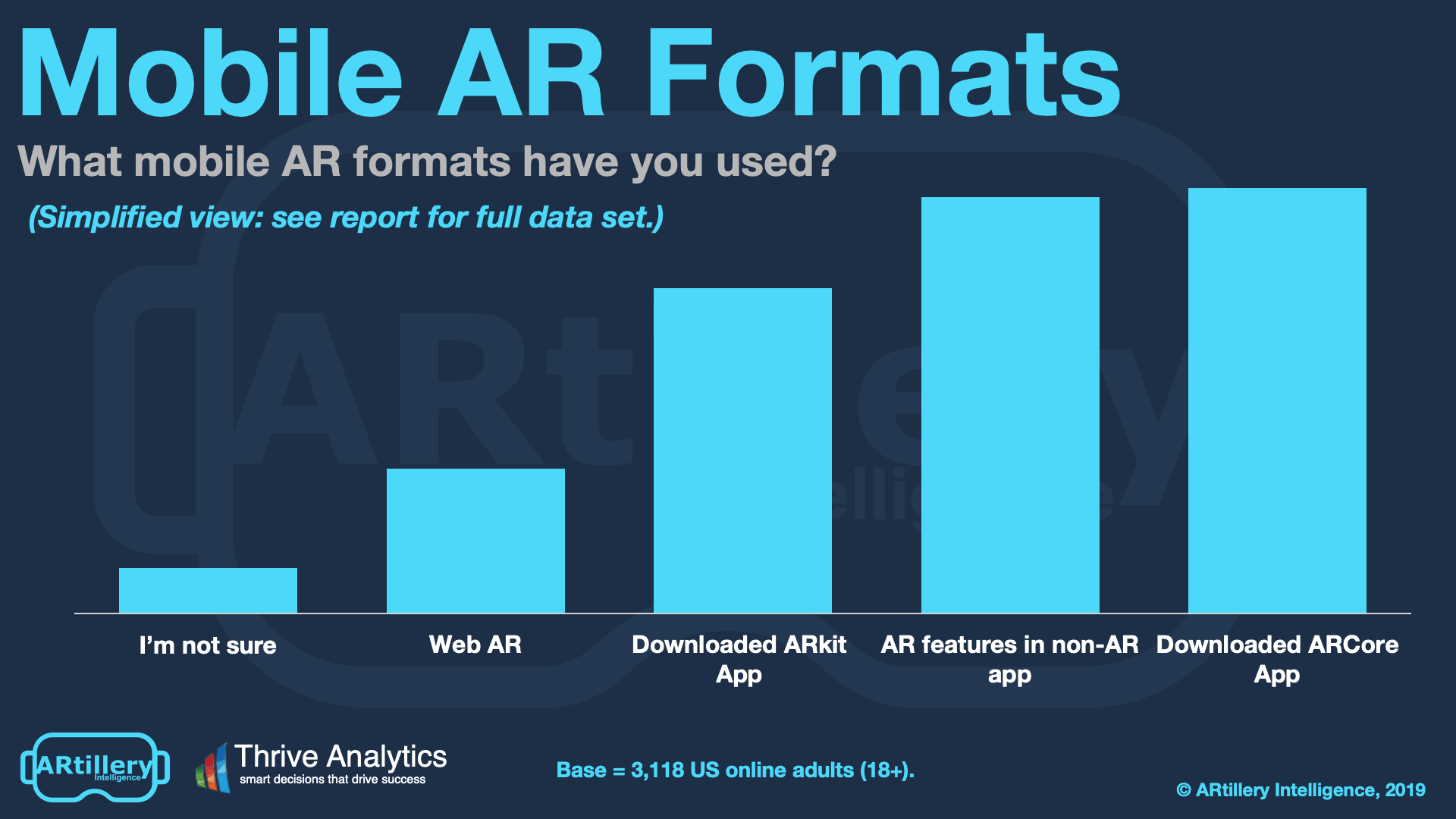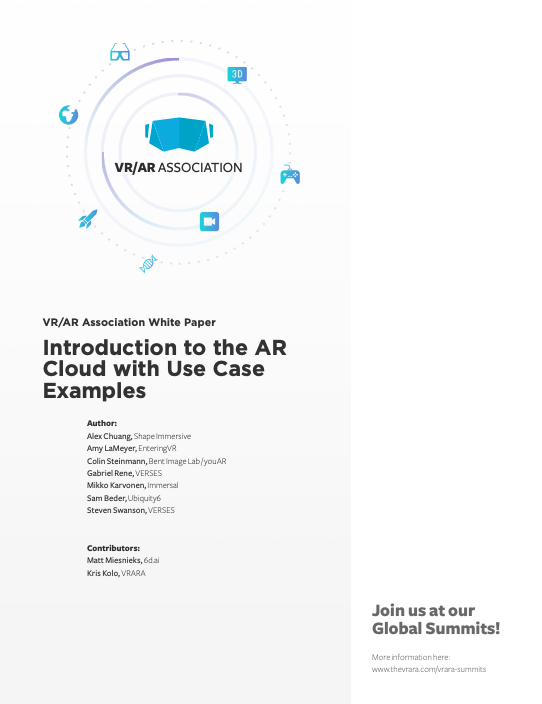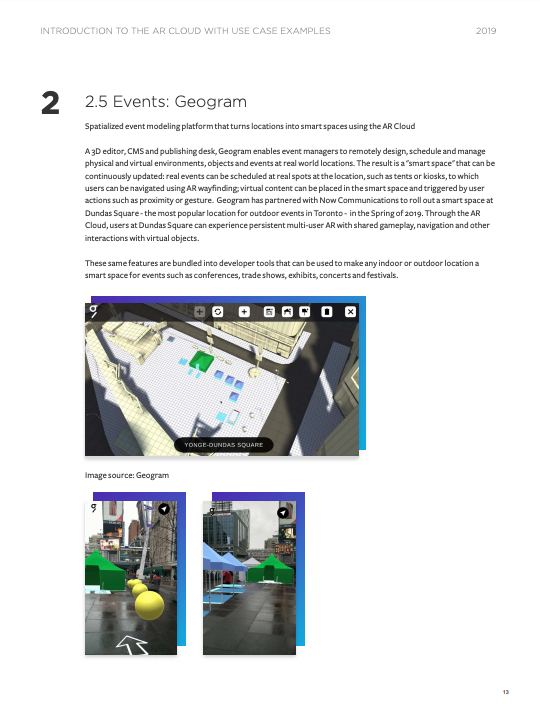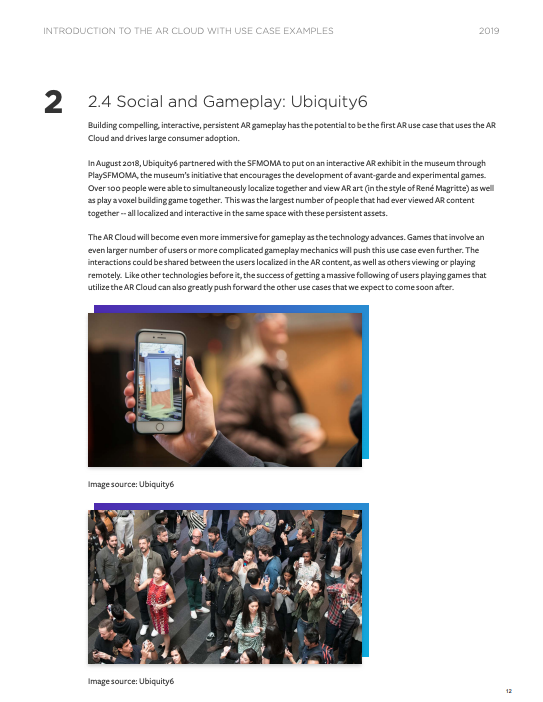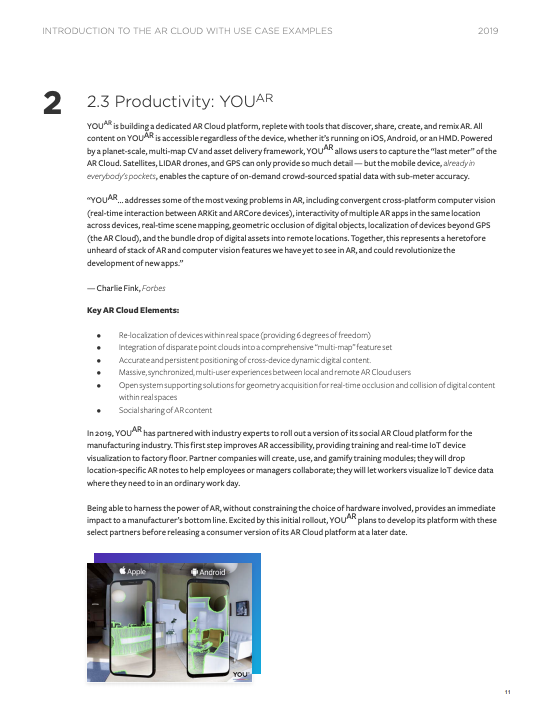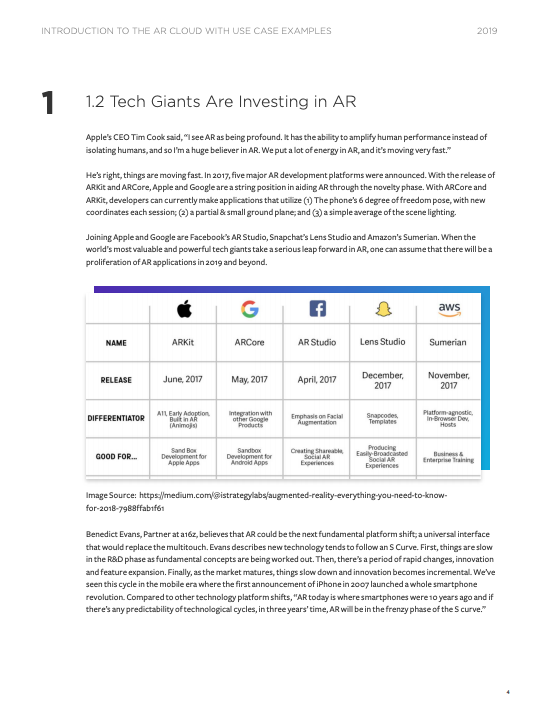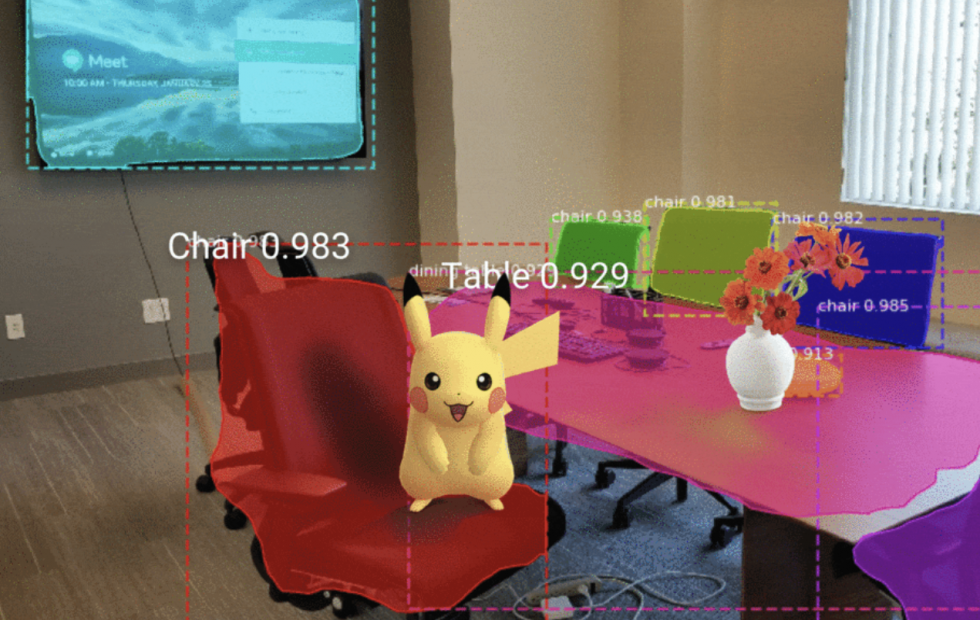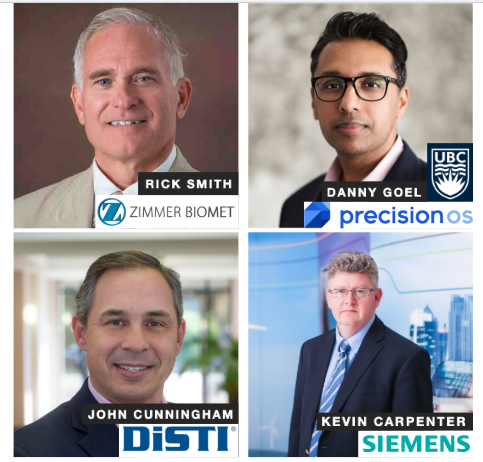VANCOUVER, British Columbia--(BUSINESS WIRE)--Vancouver-based Precision OS (CEO Dr. Danny Goel will be speaking at the VR/AR Enterprise Summit in Boston) has partnered with 10 North American universities and medical institutions to bring their high-fidelity virtual reality orthopedic surgery training platform into the surgical classroom.
“VR training is the way of the future. It will enhance patient care by having a more skilled and well-prepared surgeon. The software and training unit of Precision OS is brilliantly put together and is a major advance for our residency and fellowship training program!”
Precision OS envisions a future where surgeon trainees (residents) everywhere can receive the highest quality orthopedic training with real-time feedback, augmenting the cadaveric experience. To get there, they’re using the power of virtual reality technology.
Virtual reality offers unparalleled surgical immersion unimpeded by real-world circumstances and without the risk of harming patients. The Precision OS platform simulates operating room experiences, from the virtual tools used to the patient anatomy. This is reinforced with user-specific metric feedback collectively to empower surgeon trainees to reach peak performance through repeated practice and personalized learning.
"Virtual reality has the potential to positively impact and advance the way surgery residents are trained by offering more frequent and in-depth operating room experience. We are looking forward to exploring this technology and introducing the Precision OS platform to our residents and fellows." Dr Joaquin Sanchez-Sotelo, Professor in the Department of Orthopedic Surgery at the Mayo Clinic
Unique to the Precision OS system is the breadth and depth of their training modules. Residents can practice a procedure under a variety of changing conditions, to ensure they are prepared with the skills needed to navigate potential complications in real surgery. Conditions such as arthritis and age can change the standard of procedure for surgeries involving implants. While it is not a guarantee that a resident will be exposed to such surgical experiences in a traditional training program, with VR it is.
The Precision OS VR platform offers surgeon trainees the opportunity to gain more operating room experience than they typically would in a traditional medical residency. From minor complications to critical mistakes, residents can experience surgery up close simply by putting on a headset.
Several hundred surgeon trainees at 10 medical institutions in the United States and Canada will now get to experience this technology first hand in their residency programs. Precision OS will be used for orthopedic surgery training at:
The Mayo Clinic
The University of British Columbia
The Sunnybrook Hospital at the University of Toronto
The Pan Am Clinic Foundation
Western University
McGill University
Dalhousie University
The Boston Shoulder Institute
The University of Mississippi Medical Center.
The Precision OS team are also collaborating with Dr. John Costouros, MD FACS, an orthopedic surgeon and Assistant Professor at Stanford University, to trial virtual reality in training soon-to-be graduating surgeons.
This will be the first time that this quality of high-fidelity and immersive VR technology will be used for such intensive surgical training.
“The next generation of surgeons will have to learn advanced skills and decision-making with limited time for their training. Virtual reality offers an impactful way to create value by improving surgical skill and reducing errors. Precision OS will deliver value to all stakeholders in healthcare: educators, industry, hospitals, insurers, and patients. The timing of such a technology could not be more perfect!” Dr. Jon J.P. Warner, Founder of the Boston Shoulder Institute, New England Shoulder and Elbow Society, The Codman Shoulder Society, and a past president of American Shoulder and Elbow Surgeons
Precision OS offers an enhanced learning environment for orthopedic trainees by increasing access to surgical practice. By way of a headset and handheld sensors, residents can step into the operating theatre any time from anywhere. This increases practice volume and improves surgical skill outcomes in case-based scenarios.
“VR training is the way of the future. It will enhance patient care by having a more skilled and well-prepared surgeon. The software and training unit of Precision OS is brilliantly put together and is a major advance for our residency and fellowship training program!” Dr. Peter MacDonald, Professor and Head Section of Orthopaedics at the University of Manitoba
And each time a resident begins a Precision OS training module they are immersed in a life-like surgical experience. The virtual patient is responsive to successes and errors in a procedure, thereby allowing trainees to learn from their mistakes. This simulated environment is a critical difference between VR and traditional surgical training, as mistakes are not permitted in real surgery to prevent causing harm to patients. But it is precisely this opportunity for error that demands heightened attention and focus from trainees and creates a more active, effective, and impactful surgical learning experience. This is what makes Precision OS unique.
During and following a procedure, residents are provided with detailed performance metrics so they can assess their surgical skills in real-time and identify areas of improvement. This immediate feedback facilitates tangible performance improvements and increases surgical precision quickly.
“Our core agenda has always been to combine surgical education and cognitive skill in a portable, efficient, and immersive learning experience.” Dr. Danny Goel, CEO and Co-Founder of Precision OS, and an orthopedic surgeon at the University of British Columbia
Precision OS is leading the way for innovation in orthopedic surgical training and the international medical community is taking note. Last year, Precision OS secured $2.3M in funding led by AO Invest, the venture capital arm of Swiss orthopedic education and research organization, the AO Foundation.
The company has also been nominated for the Technology Impact Awards and was a semi-finalist at the Orthopedic Research Society.
“This is only the beginning of what may be a complete disruption of how we learn and train surgeons. To be at the cutting edge of introducing this technology, with a focus on demonstrating its value, is a social responsibility for us at Precision OS. Virtual reality is an exciting and innovative area of technology that can influence surgeons and their patients around the world.” Dr. Goel
Precision OS is a software company developing the most high-fidelity virtual reality platform for surgeons to practice specific procedures. Their focus on the critical elements of surgery haptics and metric feedback provides for an unparalleled educational experience. In addition, their pre-operative planning tool eliminates the trial and error associated with fracture care through an immersive interaction with the patients’ images. This, combined with their carefully selected team, provides the domain expertise one would expect to change the delivery of Orthopedic care globally. For more information, please visit https://precisionostech.com/.

